Section 1: Introduction
- Equine Dental Evolution
2. Milestones in Equine Dentistry
3. Equine Bits, Bridles, and Tack
4. The Business of Equine Dentistry
Section 2: Dental Morphology and Physiology
5. Equine Dental Anatomy
6. Equine Mastication: Morphological, Functional, and Biomechanical Adaptations
7. Age-Related Changes in Equine Dentition
Section 3: Dental Disease and Pathology
8. Equine Oral Microbiology
9. Abnormalities of Craniofacial and Dental Development
10. Equine Dental Pathology
11. Equine Dental Fissures and Fractures
12. Equine Oral Medicine
13. Equine Head and Dental Trauma
14. Oral, Nasal, and Sinus Masses
15. Equine Sinonasal Disorders
16. The Temporomandibular Joint
Section 4: Diagnostic Techniques in Equine Dentistry
17. General Clinical, Oral, and Dental Examination
18. Equine Oral Endoscopy
19. Equine Dental Radiology
20. Computed Tomography of the Equine Head
21. Other Imaging Modalities
22. Equine Rhinoscopy and Sinoscopy
Section 5: Treatment of Dental and Sinus Disorders
23. Sedation, Anesthesia, and General Anesthetic Considerations
24. Dental Equipment, Materials, and Instrumentation
25. Equine Odontoplasty
26. Treatment Strategies for Equine Periodontitis
27. Geriatric Dental Care
28. Equine Exodontia
29. Exodontia Complications and Treatments
30. Medical and Surgical Treatment of Equine Oral Neoplasia
31. Equine Functional Orthodontics and Orthognathic Surgery
32. Equine Maxillofacial Surgery
33. Treatment of Head and Dental Trauma
34. Minimally Invasive Treatment of Sino-Nasal Disorders
35. Surgical Treatment of Sinus Disease
Restorative Procedures
36. Materials for Equine Dental Restorations
37. Infundibular Restorations
38. Restorative Dentistry: Cavity Preparation and Restoration
Endodontic Procedures
39. Endodontics: Incisor and Canine Teeth
40. Endodontic Treatment of Equine Cheek Teeth
Glossary
Index






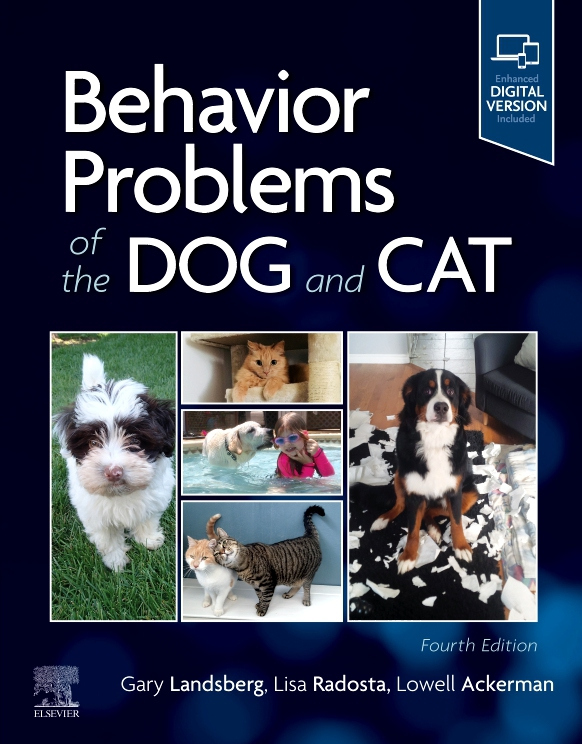

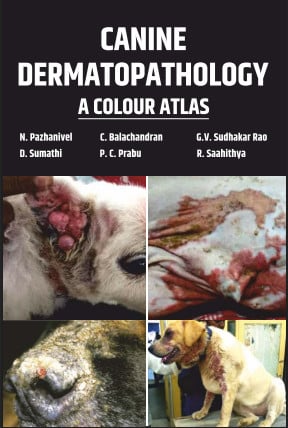
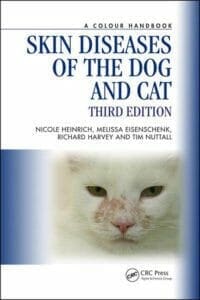

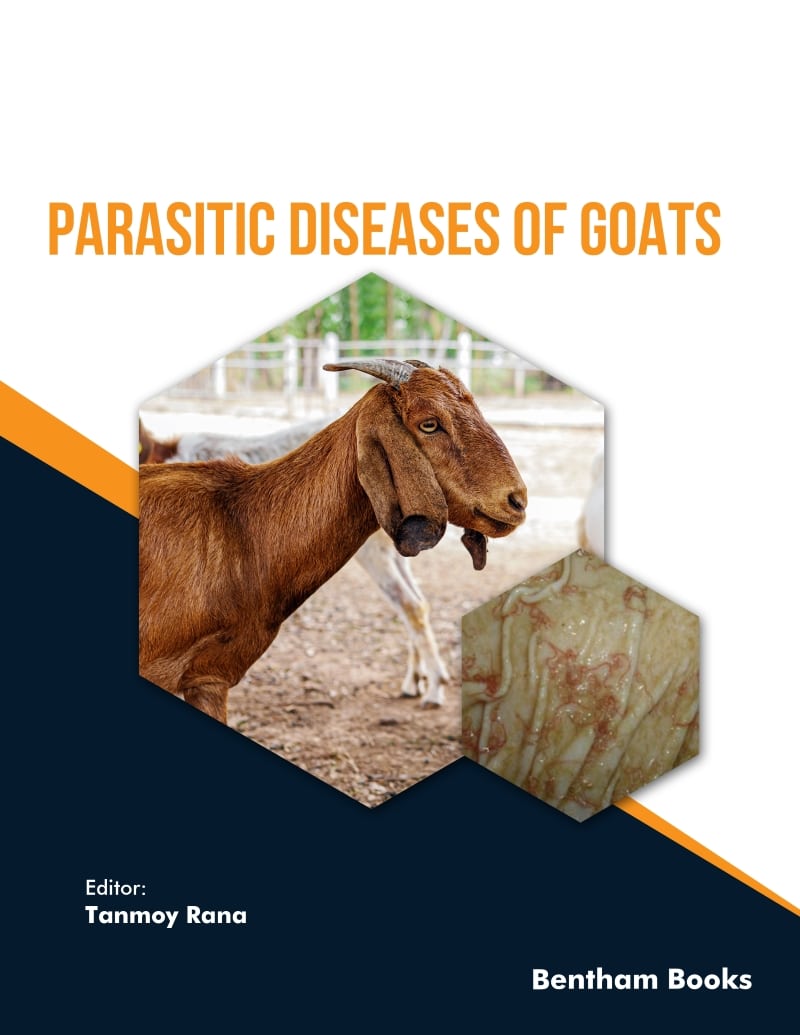



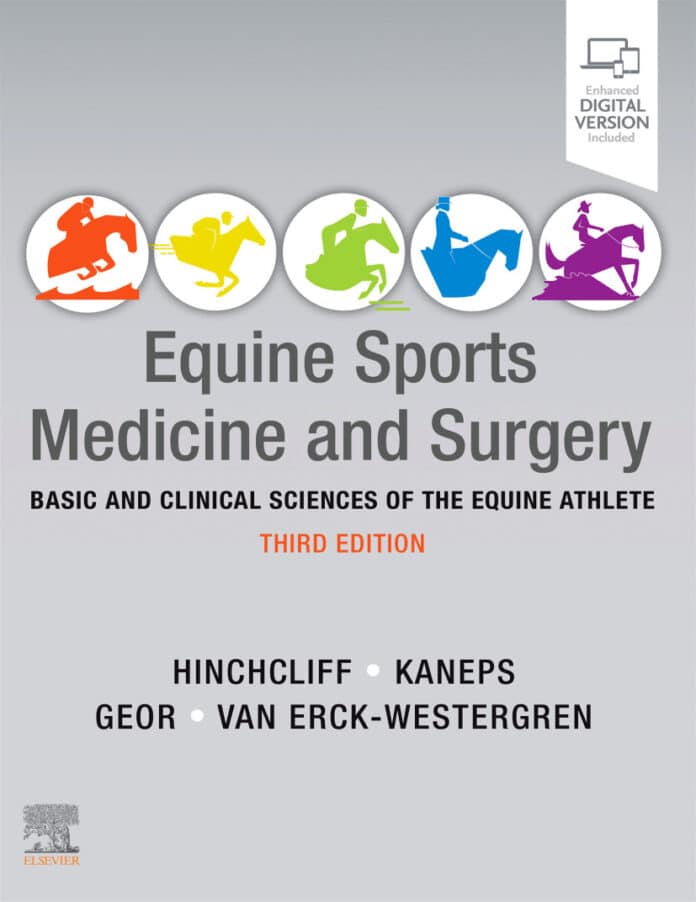

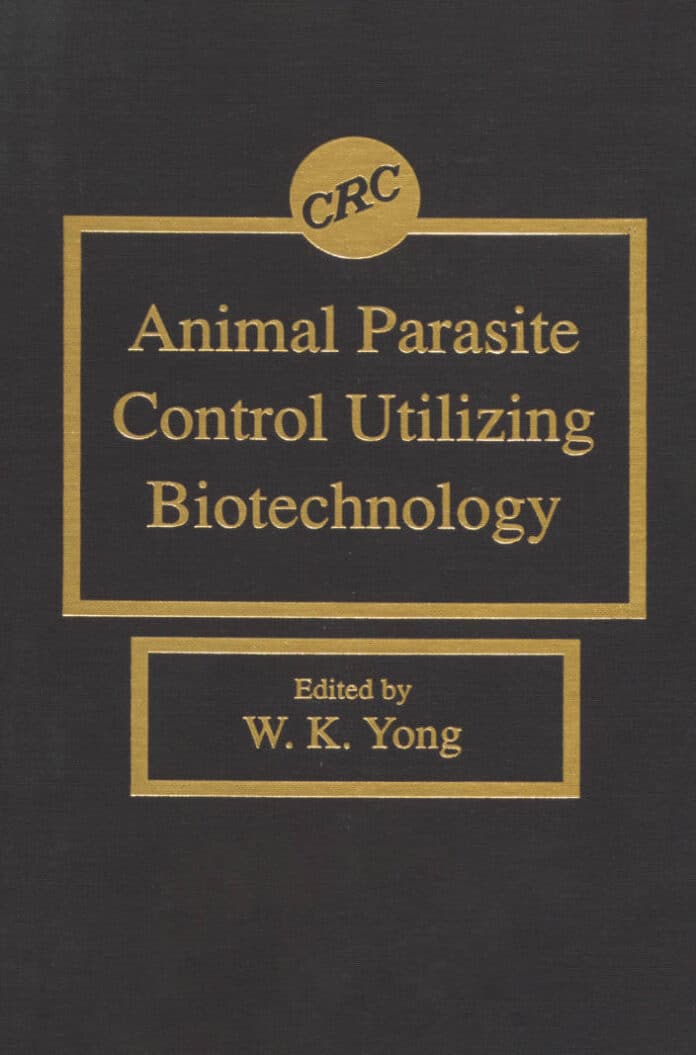
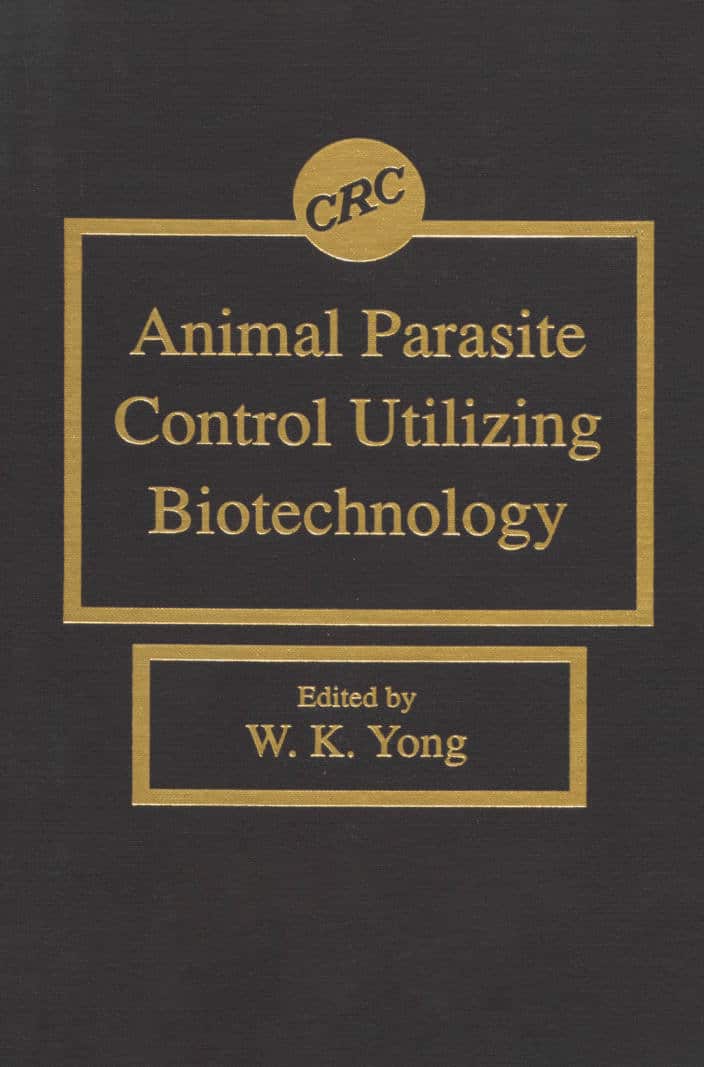
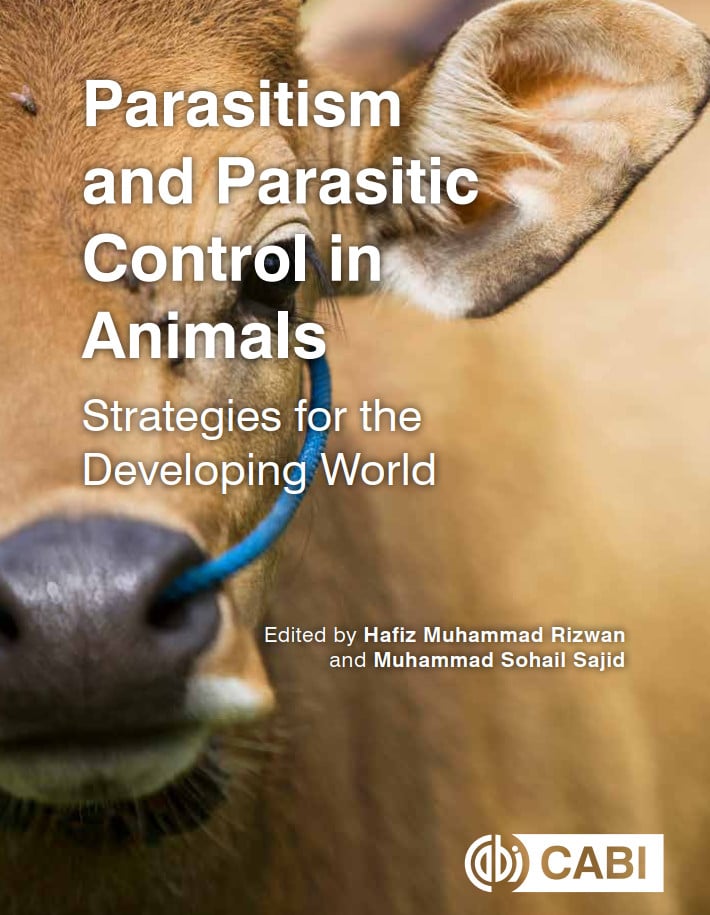
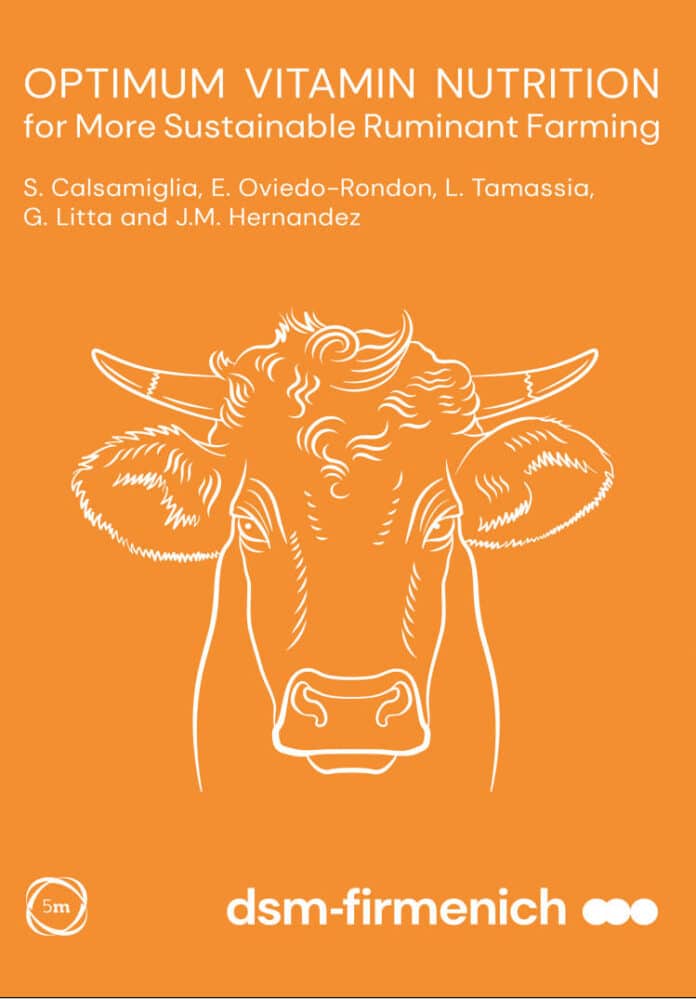
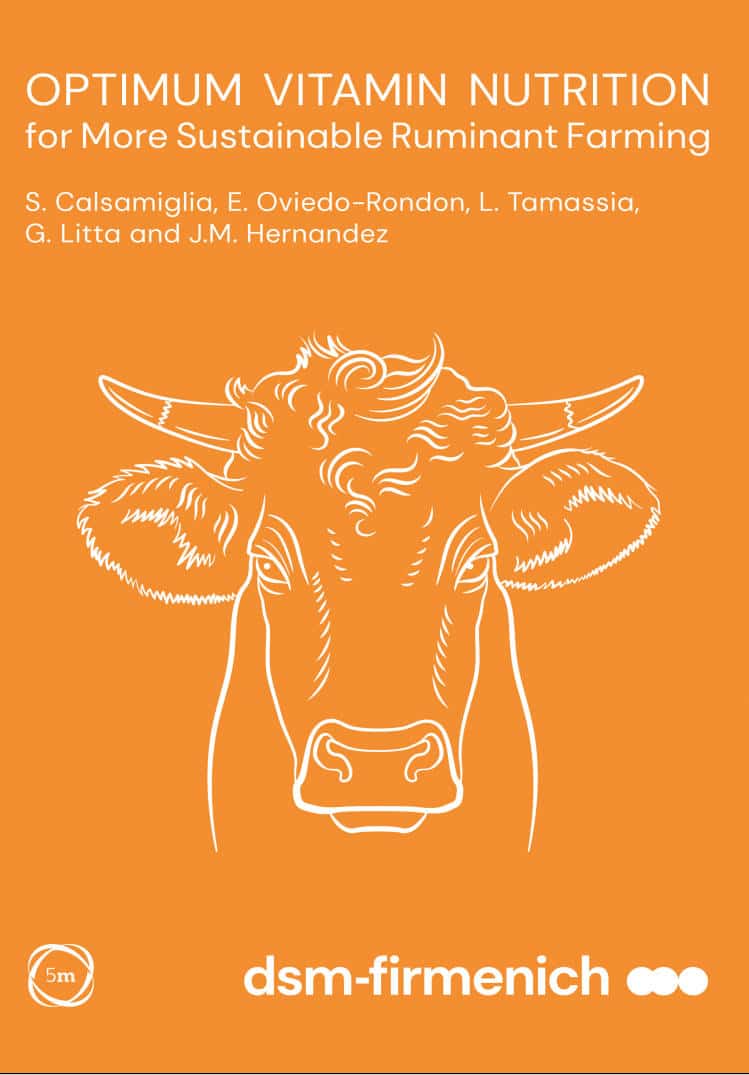








![Ettinger’s Textbook of Veterinary Internal Medicine 9th Edition [PDF+Videos] Ettinger’s Textbook of Veterinary Internal Medicine 9th Edition [True PDF+Videos]](https://www.vet-ebooks.com/wp-content/uploads/2024/10/ettingers-textbook-of-veterinary-internal-medicine-9th-edition-100x70.jpg)


![Textbook of Veterinary Diagnostic Radiology 8th Edition [PDF+Videos+Quizzes] Thrall’s Textbook of Veterinary Diagnostic Radiology, 8th edition PDF](https://www.vet-ebooks.com/wp-content/uploads/2019/09/textbook-of-veterinary-diagnostic-radiology-8th-edition-100x70.jpg)





